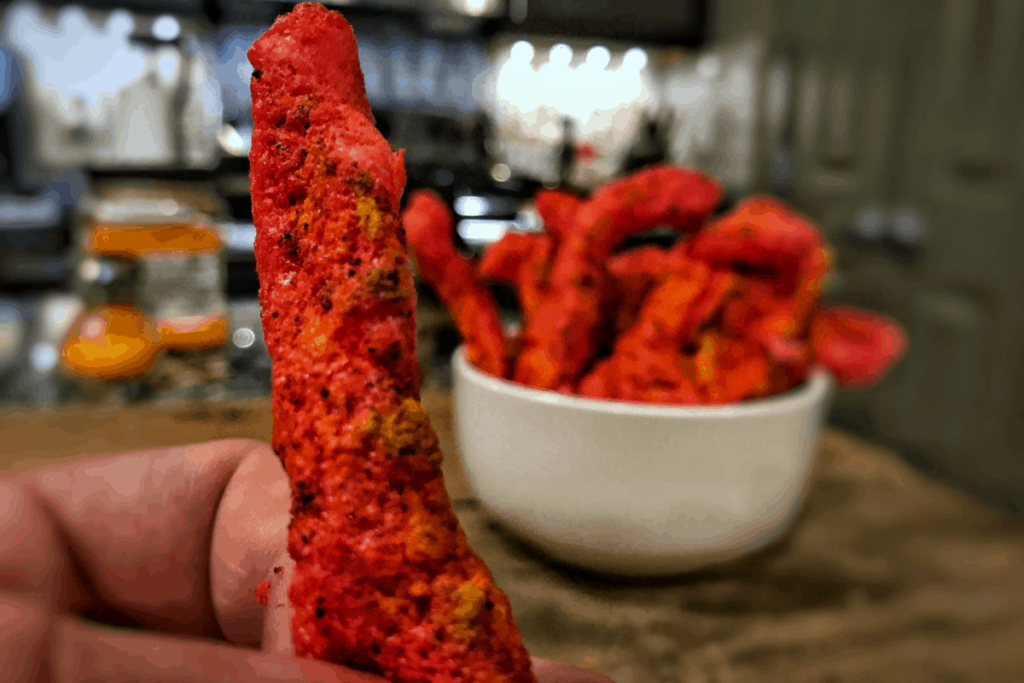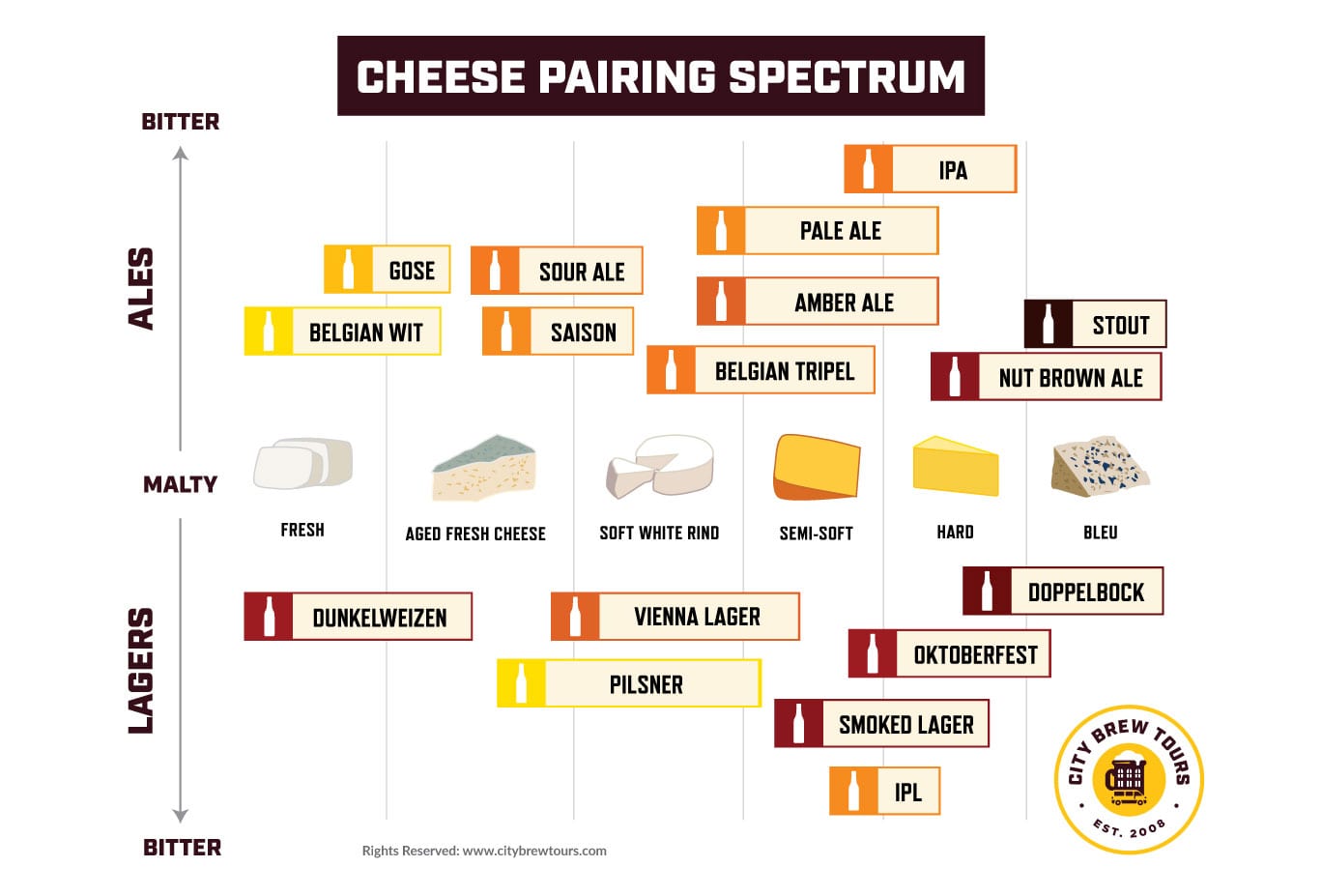CONDIMENT ABECEDARIUM (INTRO)
By:
February 4, 2023
Introduction to CONDIMENT ABECEDARIUM, a thrilling new series of food-history investigative posts by HILOBROW friend Tom Nealon, author of the seminal book Food Fights and Culture Wars: A Secret History of Taste (2016 UK; 2017 US); and also — here at HILOBROW — the popular series STUFFED (2014–2020) and DE CONDIMENTIS (2010–2012).
CONDIMENT ABECEDARIUM: SERIES INTRODUCTION | AIOLI / ANCHOVIES | BANANA KETCHUP / BALSAMIC VINEGAR | CHIMICHURRI / CAMELINE SAUCE | DELAL / DIP | ENCURTIDO / EXTRACT OF MEAT | FURIKAKE / FINA’DENNE’ | GREEN CHILE / GARUM | HOT HONEY / HORSERADISH | INAMONA / ICE | JALAPEÑO / JIMMIES | KECAP MANIS / KIMCHI | LJUTENICA / LEMON | MONKEY GLAND SAUCE / MURRI | NƯỚC CHẤM / NUTELLA | OLIVE OIL / OXYGALA | PIKLIZ / PYLSUSINNEP SAUCE | QIZHA / QUESO | RED-EYE GRAVY / RANCH DRESSING | SAMBAL / SAUERKRAUT | TZATZIKI / TARTAR SAUCE | UMEBOSHI / UNAGI SAUCE | VEGEMITE / VERJUS | WHITE GRAVY / WOW-WOW SAUCE | XO SAUCE / XNIPEK | YOGHURT / YEMA | ZHOUG / ZA’ATAR | GOOD-BYE TO ALL TZAT(ZIKI).

A decade or so ago, I wrote a HILOBROW series connecting condiments to democracy, autonomy, freedom, and other high-minded notions. Since then, I’ve been proven right about everything. In 2015, for example, I may have predicted the collapse of our democracy due to overconsumption of sriracha. Visigoths/Jan. 6, anyone?
What I didn’t see coming, though, was restaurants systematically stealing our condiments. I should have seen this coming, and I apologize for this oversight.
Restaurants are supposed to offer us condiments, sure, stock condiments in case we ask for them, great, but incorporate them into dish after dish? Pair different ones, prescriptively, with meal after meal? You’ve noticed it — and many of you have wondered what might be done about it. Hence this new series.
According to the first century CE Roman historian Pliny, Romans’ capacious love of fish sauce led them to turn every creature pulled from the sea into fish sauce. Whelks, barnacles, fish fins, barbels, and a thousand thousand other slimy things were salted and left to ferment in the sun in pursuit of fish-sauce satiety. I was worried about the same thing with sriracha, that our weird and sudden fetish for the spicy puree was leading us to take every pepper and turn it into sriracha — but sriracha fizzled out after a few years (along with democracy). What has happened, one ramekin at a time, is that we are now increasingly served a separate condiment for each meal. Instead of putting one condiment on everything, the numbing non-choice that I was once worried about, the new thing is for restaurants to either find the “perfect” condiment for each dish and pair it with it, or else cook the food in condiments. Or both!
Maybe this seems amazing to you? Just the right condiment for every meal? What sort of person would complain about that? Well….

Ten years ago, when I was writing my previous condiments column here at HILOBROW, super-popular cult-of-personality TV chefs dominated food culture. Loud, obnoxious chefs who cut their teeth in tastefully obnoxious haute cuisine kitchens created a hierarchical food aesthetic that lingers with us still — even if many of the characters involved have been discredited or discarded. Now the hierarchy is more-amiable food experts sitting in judgment as chefs try vainly but gamely to recreate Flaming Hot Cheetos or another cake that looks (from a distance, anyway) like a conch shell. Pleased to be rid of the shouting hotheads, we smoothly transitioned from being in thrall to one group of food experts to being in thrall to another.
OK, during weird political times and a pandemic the new populist aesthetic and easily recognizable ingredients were comforting. It’s hard to blame anyone for this rise of comfort food, and besides chef culture is insidious: Cut off one chef’s head and nine ghost kitchens spring up from the stump. Or as Antoine Carême once said “Tuez une demi-douzaine de chefs et jetez-les dans la Seine, la sauce se réduira tout de même.” (Murder a half dozen chefs and dump them in the Seine, the sauce will get reduced just the same.) We are primed and eager to listen to restaurants about what we should eat and how — that is, after all, the point of restaurants. So if restaurants want to take control of some of our condiments, what is really the harm? (One might ask, naively.)
This populist pivot from molecular gastronomy-tinged fancy chefs and their elaborate sauces to relatable chefs making street food mixing various (so many!) cultures’ simpler fare in novel ways has meant that condiments, once the purview of the customer, have been usurped by the chefs. Mayo, for example, has been gussied up, called aioli, and flavored with a barely imaginable variety of condiments and seasonings so that it can pair with any dish. Mayonnaise has a winding history where it has been a condiment, then incorporated into French cuisine as a mother sauce, then a condiment again (thanks, Hellmann’s) and now, transmogrified into aioli, maybe a sauce all over again. Chipotle aioli, pumpkin aioli, sriracha aioli, rosemary aioli, even garlic aioli (which should have been redundant since you can’t make aioli without garlic).
But mayo/aioli is hardly the only target. Straight-ahead condiments like maple syrup, butter (brown, cultured or otherwise), gochujang, soy sauce, honey (hot, local) or nước chấm, pickled condiments like pikliz, curtido, pickles themselves, okra, umeboshi, or spice mixes turned into condiments like sazón, adobo, or Za’atar are all being claimed by this new wave of populist Covid takeout-era restaurants. Look at any remotely hip restaurant menu and you will find that what they are putting on most of the food is condiments. They are cooking the food with condiments, putting condiments on the side with a pickled condiment garnish. It’s condiments all the way down and the enclosure of all of these free range condiments, so recently ours to dip, dribble, dunk and pour all over our food, shows no signs of abating.
The internet, as always, isn’t helping. Promising an infinite variety and so often delivering stultifying sameness, the internet makes us look for the perfect thing — the best hat, drill bit, shoe insert, condiment — and makes it impossible to know if we’ve found it, whether it exists, or why we cared in the first place. We just know that if we buy the wrong one, we will look and feel extremely foolish. I looked up the best mayonnaise on google and got dozens and dozens of dumb, apparently AI-written, results. But we keep looking, or hoping someone else will find it for us. When we are so accustomed to accepting the authority of algorithms, click bait robots, and remote humans of nebulous expertise, allowing a restaurant to choose our condiments for us doesn’t even register.

But why not, you may ask, have the perfect condiment paired with every meal so that we don’t have to think about it? Isn’t that what the 21st century is for? Finally having the means to locate and purchase the best of everything? So what if restaurants are leveraging their cultural power to usurp our condiment autonomy?
Think about it this way. A few years ago you could get some chicken and have it with soy sauce, with nước chấm, gochujang, ranch, barbecue sauce, whatever you felt like. Now they’ve gone and cooked it in one of those and served it with a chipotle aioli — so if you want some variety, you are going to have to order a second dish. It is, quite frankly, a monstrous overreach. Did we fight in the compote wars just for this to happen? Did everyone just forget the chutney years? When they came for chipotle, maybe you just said “I don’t really like spicy food,” but, surely now, with all the aiolis at stake, you will take the threat seriously. Aioli aioli aioli. It’s going to be a popular first name in 3, 2, 1…
Do I really believe that aioli and bespoke condiment culture is going to ruin America and maybe the world? Listen, causation is complicated. Even Rome was taken down by a couple of condiments working in tandem (sugar of lead made them dumb, fish sauce gluttonous and inattentive) so who knows when the whole thing falls apart, I’m just here sounding the alarm.

But is it a conspiracy, you ask? Probably not — at least, not in the sense that the brussel-sprout industry financing decades of IPA manufacturing so that people will obliterate their tastebuds with hops and think their bitter miniature cabbages are delicious is a conspiracy. No, the problem is the system of internet capitalism that seeks to find a solution to non-existent problems, plus restaurants trying desperately to give us what we want in an overbuilt, post-covid-take-out world, and an exhausted, overworked, overstimulated customer base eager to cede some decision making. It’s a war, not a conspiracy.
That said, I don’t want a condiment pairing for every meal all sorted out for me! Every time I even see a beer and cheese pairing chart I shout, “Quit telling me what cheese to eat with my beer you weirdos,” so maybe I’m the wrong guy to ask, but surely condiments are ours. When the hot dog council said that only children put ketchup on hot dogs did I listen? Hell no — I started putting ketchup on my hot dog. If those dipshits want to talk about “authentic” frankfurters, they should stop making them with beef and get on the pork train. But I digress. Describe good condiments to use, sure, but prescribing condiments? That way madness lies. And war.
Do we want better than this? Do we deserve better? Maybe, maybe not — but we can definitely have better! It’s out there. In pursuit of better, stay tuned for “A is for Aioli (and A was for Anchovy)” — the first installment in my new condiment abecedarium, serialized here at HILOBROW.
Maybe we can plot a path out of this mess, one condiment at a time.
TOM NEALON at HILOBROW: CONDIMENT ABECEDARIUM series | STUFFED series | DE CONDIMENTIS series | SALSA MAHONESA AND THE SEVEN YEARS WAR | & much more. You can find Tom’s book Food Fights & Culture Wars here.
